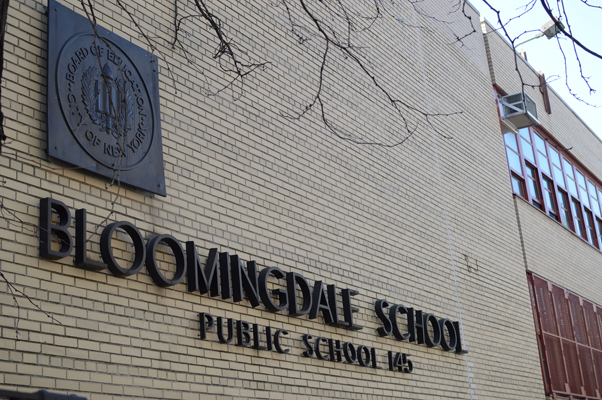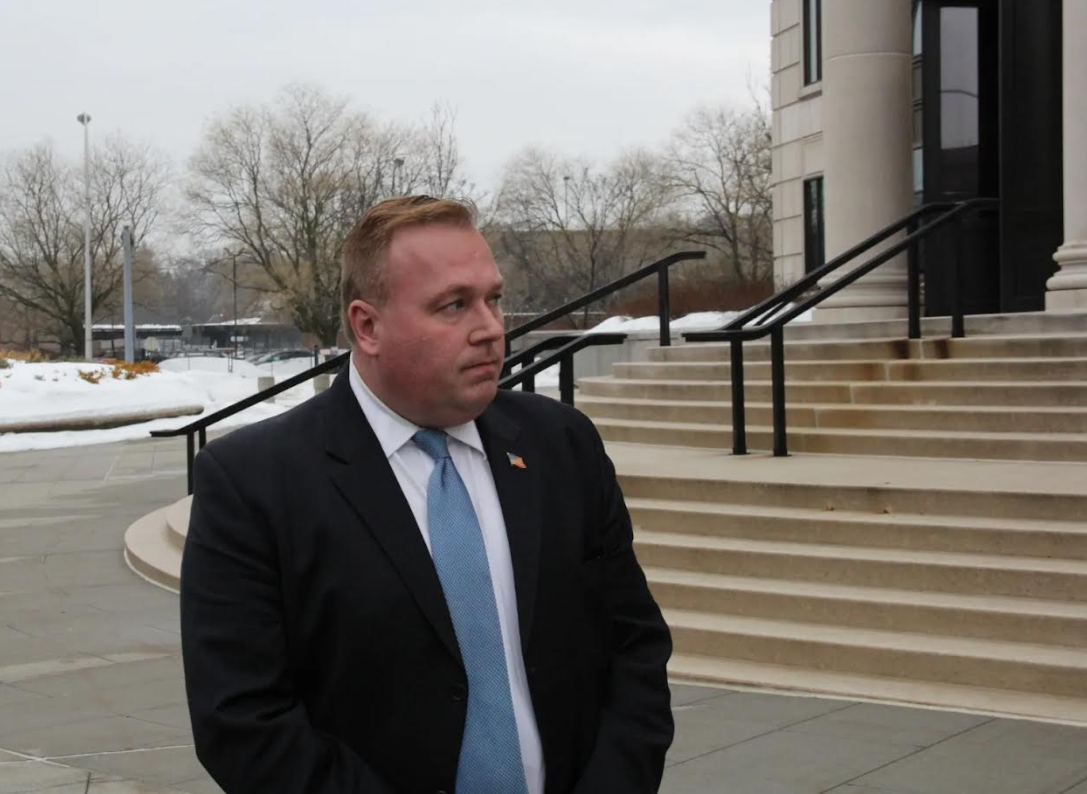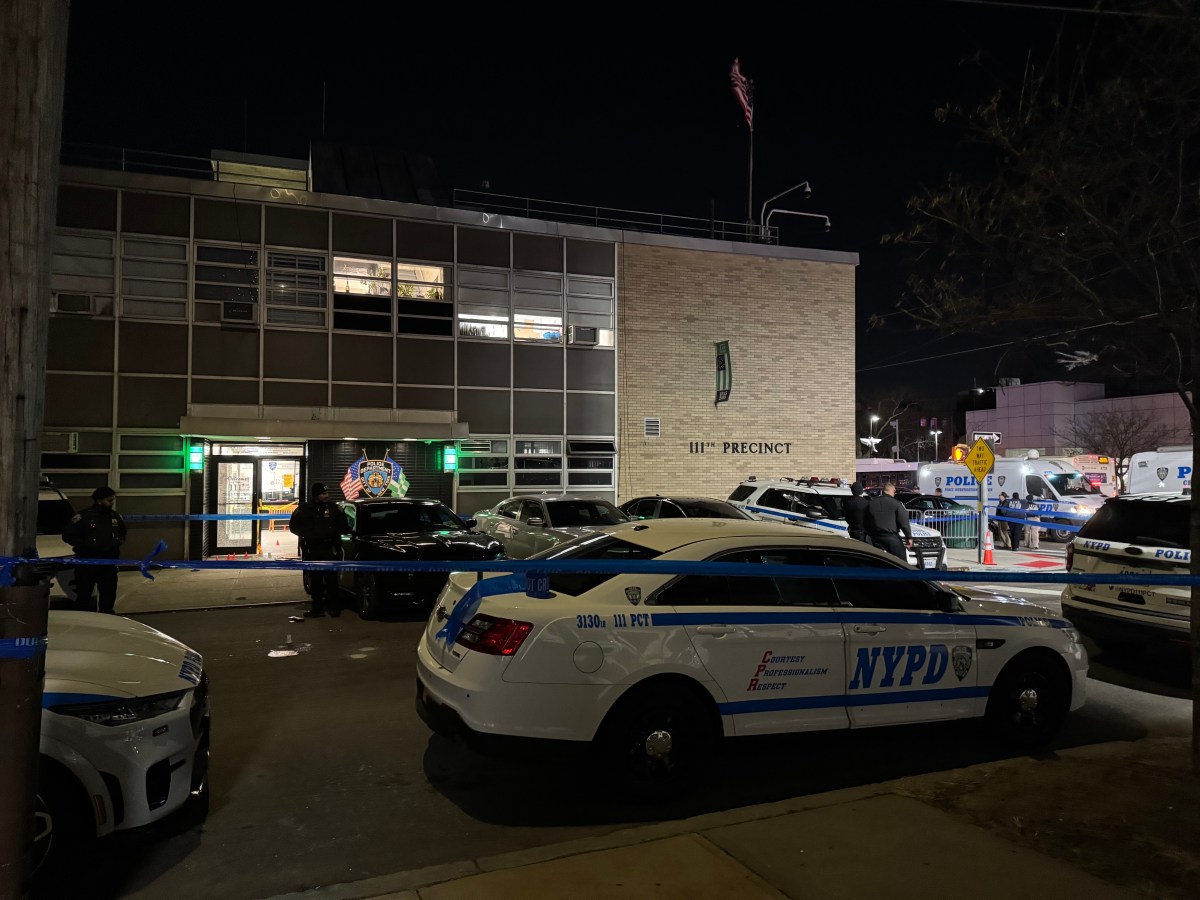
BY JACKSON CHEN | P.S. 145 at 150 West 105th Street will get the borough’s first Russian dual-language program through the city Department of Education starting this September, according to Schools Chancellor Carmen Fariña.
To be approved for a dual-language program, the DOE looks for a school where an equal amount of students with English as their primary language and students whose primary tongue is the foreign language want to be taught the curriculum in both. The Russian program coming to P.S. 145, open next year to kindergarteners, is one of 39 dual-language programs being introduced citywide for 2017-2018.
Outside dual-language programs, the DOE is also incorporating transitional bilingual education programs into 29 schools in the city. The transitional classes are initially taught in the native language with intensive support in English and gradually become more English-focused until the students are proficient. The entire language initiative of dual-language and transitional bilingual education programs will cost the city $1.1 million.
“As a first-generation American and former English Language Learner, I know firsthand the many benefits of being bilingual, and this expansion will expose many more students in our city’s schools to multiple languages,” Fariña said in a press release. “We’ve made essential strides for ELL and bilingual students, and these rigorous programs will establish a path to long-term student success while bringing parents to the classroom in new ways.”
Each of the schools starting a dual-language program will receive a $20,000 planning grant — transitional classes will get $10,000 — and be provided ongoing training and professional development to ensure the programs’ quality.
The effort for the Russian dual-language program began with two Upper West Side moms, Julia Stoyanovich and Olga Ilyashenko. The women wanted their children to be raised with both languages so they could retain their Russian heritage but also have English-speaking students be exposed to Russian literature and culture. The Russian dual-language program arrives along with 12 Spanish dual-language programs and two Chinese transitional bilingual education programs introduced into Manhattan schools.
“We are a city of immigrants that is stronger because of our different cultures and languages,” Mayor Bill de Blasio said in a written release. “This bilingual expansion will provide thousands more students with high-quality programs, and sends a clear message that we welcome all families in our school system.”




































